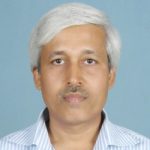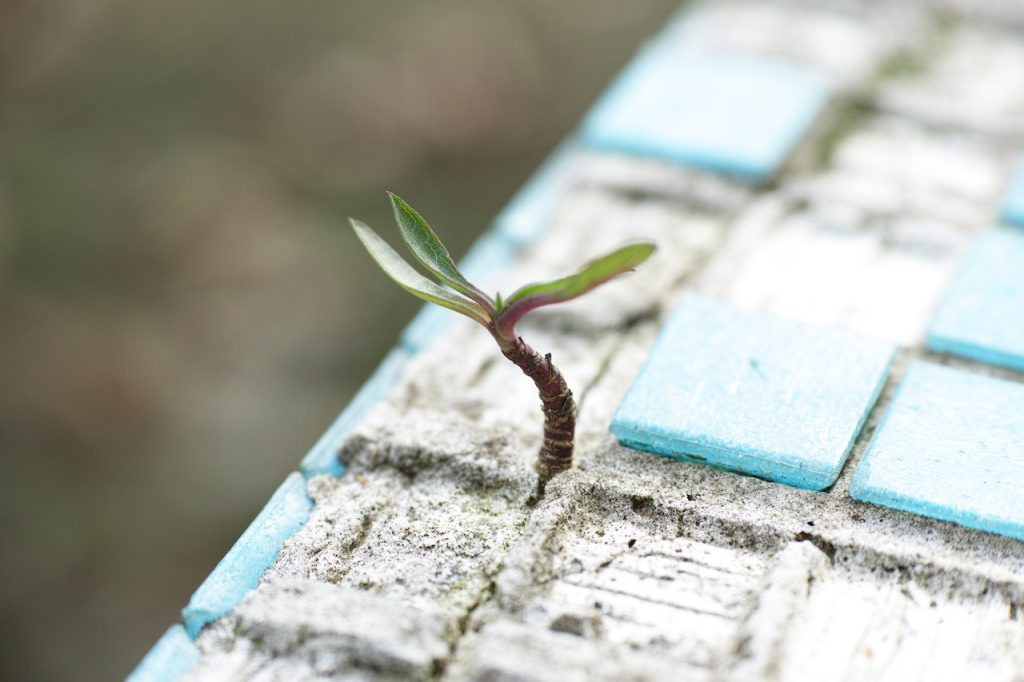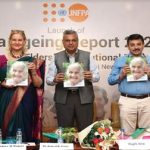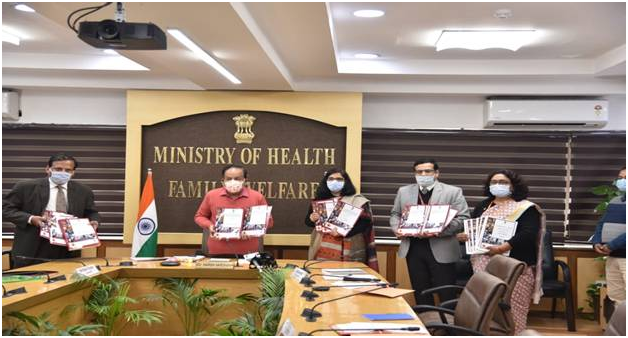The World Social Report 2023 has called for concrete measures to support the greying population of the world amidst escalating pension and healthcare costs. It is urgent, since the number of people aged 65 and above are projected to more than double by middle of the current century.
The study published by the UN Department of Economic and Social Affairs (DESA) has said that the rights and well-being of older persons must be prioritized in efforts to achieve a sustainable future. Countries can reap the benefits by giving everyone the chance to grow older in good health by promoting equal opportunities from birth. It should also be recalled that WHO had declared the present decade as the Decade of Healthy Ageing, but world needs to step up efforts to achieve the goal by 2030.
India needs to take this report seriously because the share of the elderly in India is also growing fast and according to the National Commission on Population it could reach 18 per cent by 2036 which was only 9 per cent as per the Census 2011. Moreover, only 24 per cent of the workforce is now covered with one of the social security measures, and old age pension is too little to take care of the needs of the old age. India is also going to be the world’s most populated country housing highest number of poor households in the world.
Older persons rely more on assets in low-income countries where public transfer systems are poorly developed than on private or family transfers. The report point out that in India, asset-based reallocations fund about 95 per cent of the old-age deficit. It shows the enormity of work to be done in India on urgent basis.
The report titled “Leaving No One Behind In An Ageing World” says that in 2021, 761 million people worldwide were aged 65 and older, which will rise to 1.6 billion by 2050. The number of people aged 80 years or older is growing even faster. Globally, a child born in 2021 can expect to live, on average, to age 71, with women living longer than men. This is nearly 25 years more than a baby born in 1950.
Northern Africa, Western Asia and sub-Saharan Africa, are on track to experience the fastest growth in the number of older people over the next 30 years. Today, Europe and Northern America combined, have the highest share of this population. However, it must be noted, that India though the country would have less share in percentage term would have very large number of older people which would require considerable improvement in health care services and financial social security, such as enough pension.
The report says that it should be widely understood as more than just a set of discrete concerns mainly for one group of people who have advanced beyond a given age. In fact, ageing touches all parts of economies and education to employment and taxation. Each state of life can contribute to or detract from well-being at older ages.
In this regard, the report points to inequalities in our ageing world, because not everyone has benefited equally from the improvements in health and education that are driving this transformation. While many older people are in excellent health or “economically active”, others live with ailments or in poverty.
In more developed regions, pensions and other public transfer systems, provide over two thirds of the consumption by older persons. Their counterparts in less developed regions tend to work longer and rely more on accumulated assets or family assistance.
Furthermore, an ageing global population also means a rise in the need for long-term care, a weakness exposed during the COVID-19 pandemic. Unfortunately, public spending in most countries has not been sufficient to cover the growing demand.
Life expectancy is strongly influenced by factors such as income, education, gender, ethnicity and place of residence. “Some combinations of these factors have too often led to systemic disadvantage that begins early in life,” the authors noted. They warned that without policies to prevent them, these systemic disadvantages reinforce one another throughout peoples’ lives, leading to gaping disparities in old age.
As a result, progress towards achieving the 17 Sustainable Development Goals (SDGs) could be at risk, expressly SDG 10 on Reducing Inequalities. The report recommends that countries rethink long-held policies and practices associated with livelihoods and work. Many governments are already introducing opportunities for life-long learning, as well as strengthening and taking full advantage of intergenerational workforces.
They are also introducing flexible retirement ages to accommodate a broad range of personal situations and preferences. Authorities must also rethink social protection systems, including pension provision. “One major challenge is maintaining the fiscal sustainability of public pension systems while ensuring income security for all older persons, including workers in informal employment,” the authors said.
Other crucial elements involve expanding decent work opportunities for women and other groups traditionally excluded from the formal job market. The aim is to secure their well-being when older, and to expand the productive capacity of the economy. The informal care sector’s considerable contribution to the formal economy also should be properly recognized ad factored in, the analysis suggests.
“Together, we can address today’s inequalities for the benefit of tomorrow’s generations, managing the challenges and capitalizing on the opportunities that population ageing brings,” said Li Junhua, UN Under-Secretary-General for Economic and Social Affairs.
Author Bio

Dr Gyan Pathak is a senior journalist and author. He is one of the leading commentators on the issues of public interest in the country. His articles are published in several media outlets across India. He has PhD in comparative study of journalism and literature.
एक निवेदन हमउम्र लोगो से जुड़ने का
सभी पाठको से निवेदन है कि आप हमारे फेसबुक ग्रुप "नेवर से रिटायर्ड फोरम" से जुड़े। वहाँ आपको और मित्रो के पोस्ट पढ़ने को मिलेंगे। आप भी अपने विचार सभी से साझा कर सकते है। खास बात यह है कि इस ग्रुप में सभी पोस्ट हमउम्र के लिए विशेष होते है। आप इस लिंक पर क्लिक कर आसानी से जुड़ सकते है, या इस लिंक को (https://www.facebook.com/groups/972813436666682) टाइप करे अपने मोबाइल/ लैपटॉप पर या सीधे फेसबुक पर सर्च करे।




